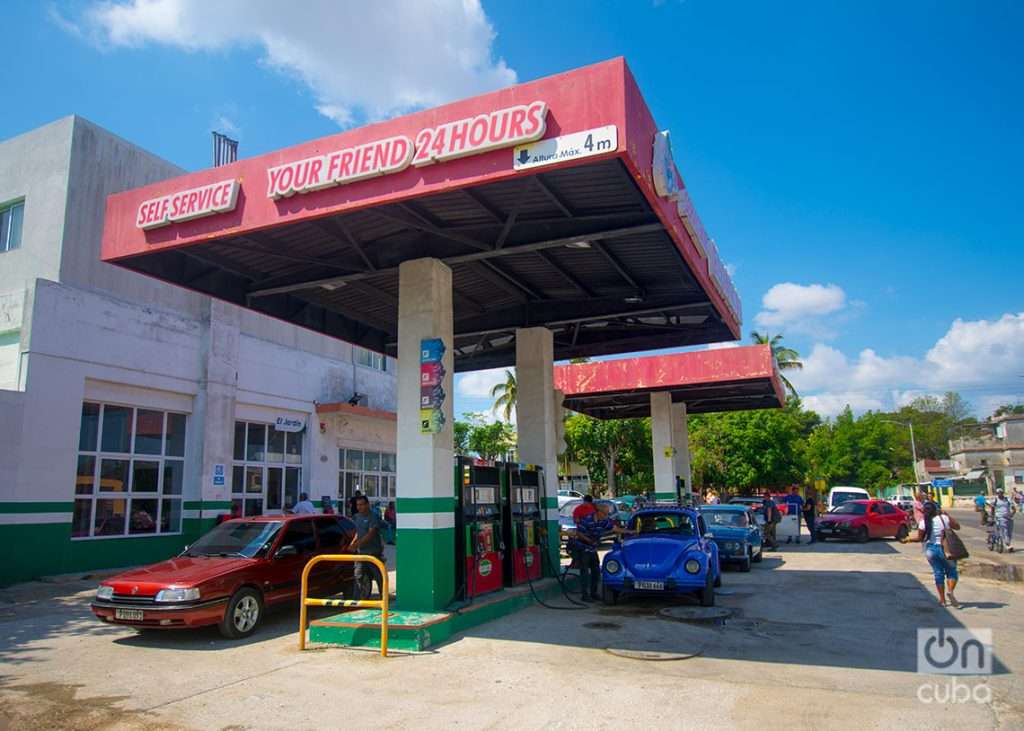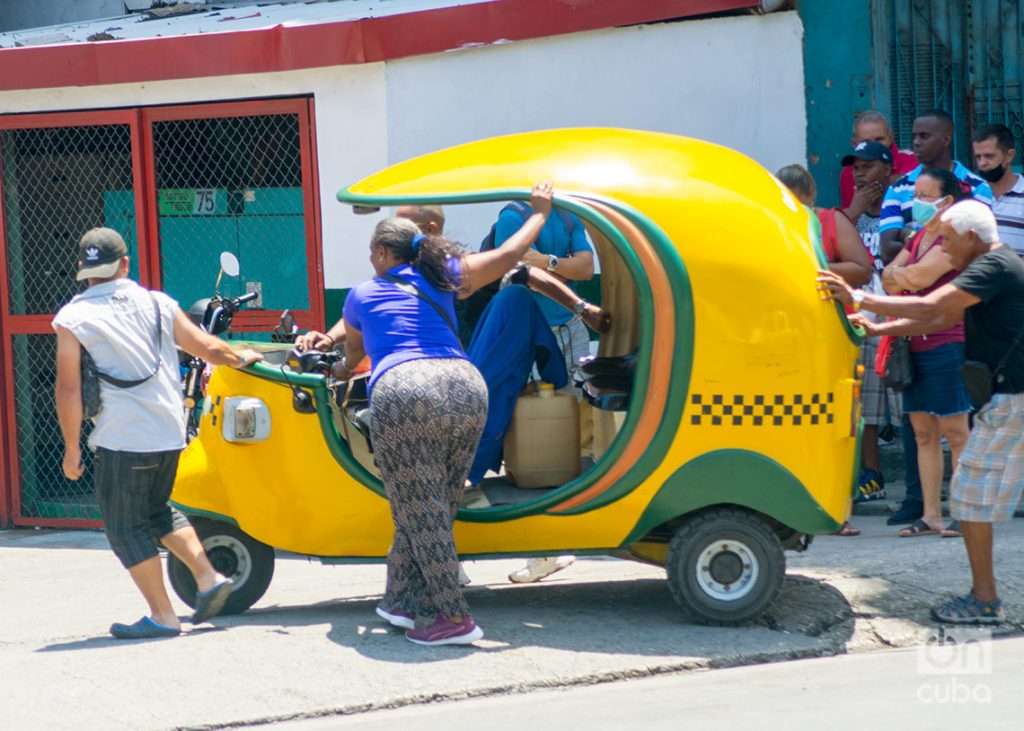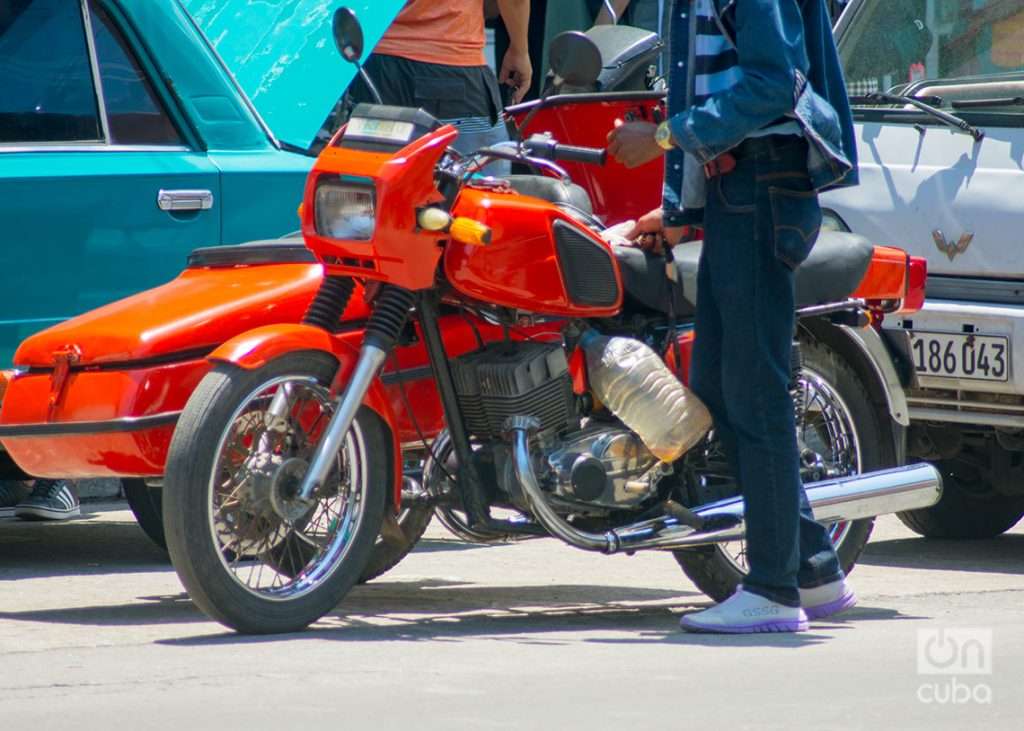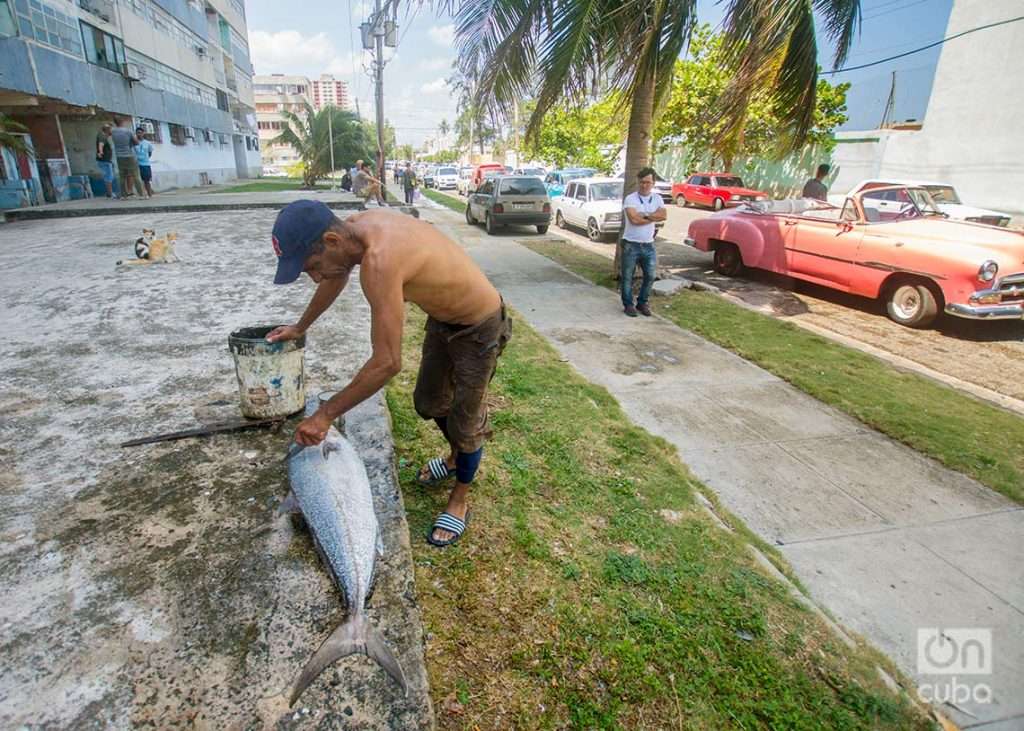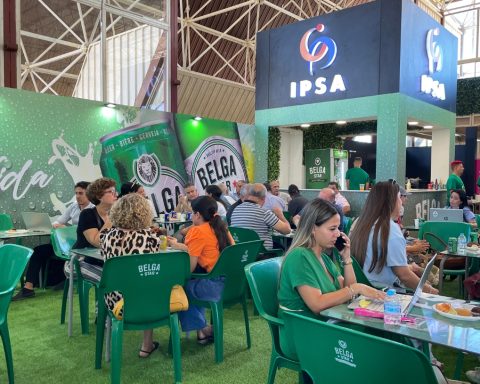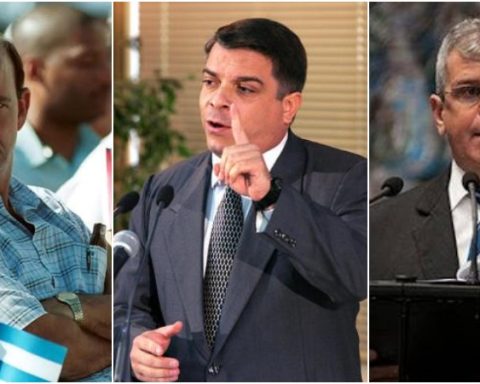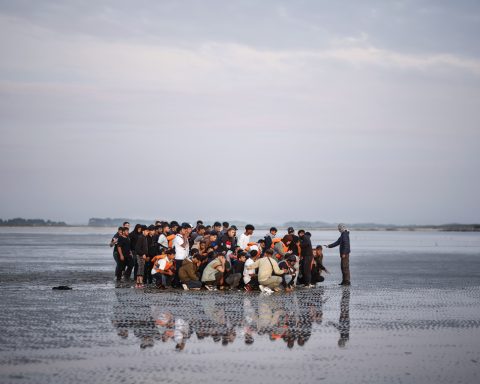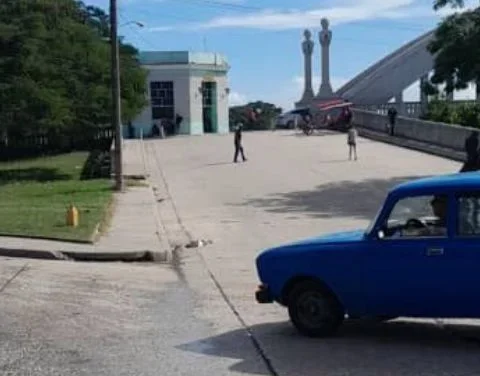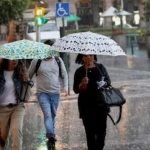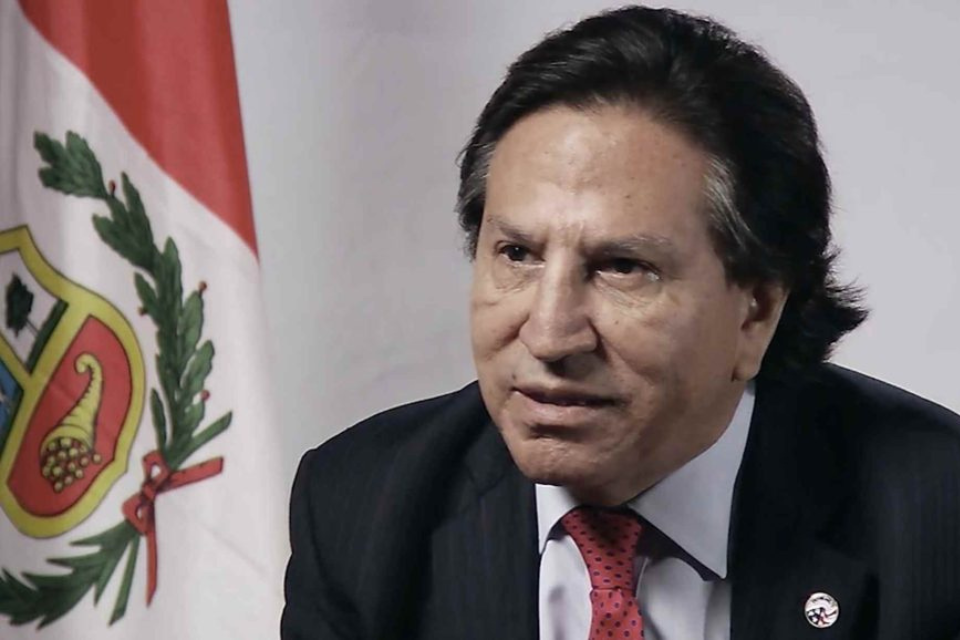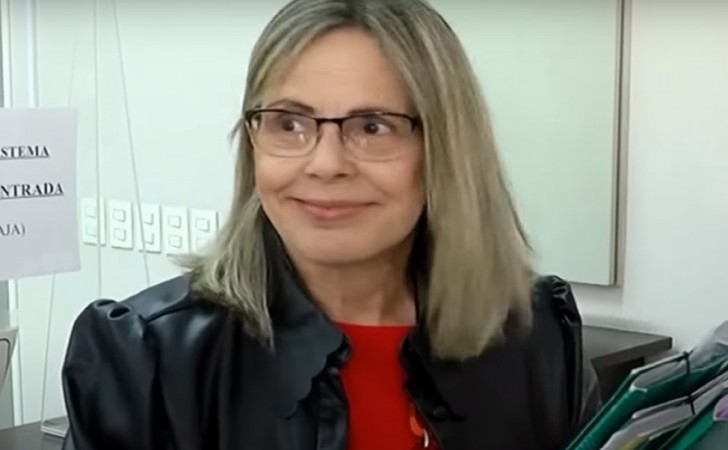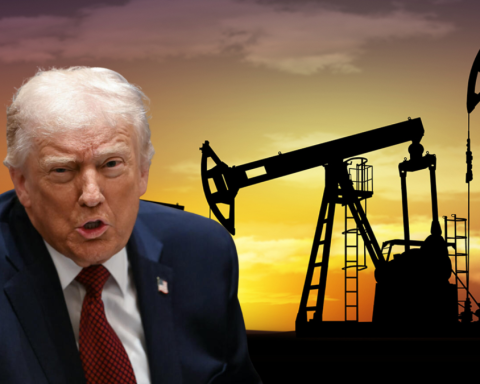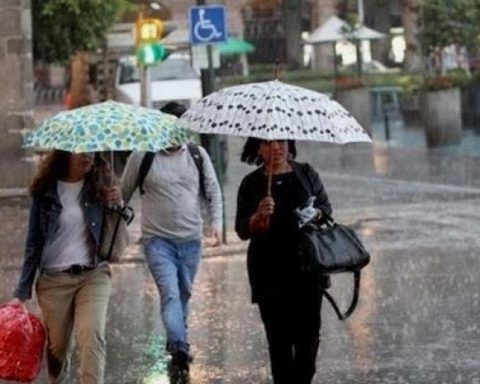The crisis of fuel in Cuba it itches and spreads. After several weeks of visible and growing problems with the supply, the government itself confirmed that the situation would last at least until May and attributed it mainly to the “non-compliance” of the suppliers.
Faced with this scenario, the authorities announced a group of measures, such as prioritizing “vital sectors”, distributing “diminished capacities” to avoid “reaching point zero”, and restrict saleboth gasoline and diesel, to private vehicles and non-prioritized state vehicles, as well as reorganizing the service by establishments and territories.
“That is not the situation that we are going to have in the remaining days of April and days of May. We are going to continue removing fuel partially, in a reduced way so that the supply does not reach zero and vital services can be guaranteed,” explained the head of Energy and MinesVincent de la O.
The minister assured that there is a trend towards “improvement based on decisions, on things that were finished negotiating, on suppliers that are already fulfilling their commitments.” But he warned that this “does not mean that we are going to have fuels like in 2017, 2018 or a few months ago.”
Meanwhile, the endless queues around the service centers have become a common part of the landscape throughout the island. Such scenes are repeated in Havana and the rest of the provinces, along with other images of empty, desolate gas stations, without cars or any fuel to offer.

Where there are—or, almost always, are expected to be—the lines last several days and the drivers spend until the night in their cars, organizing and fraternizing among themselves.
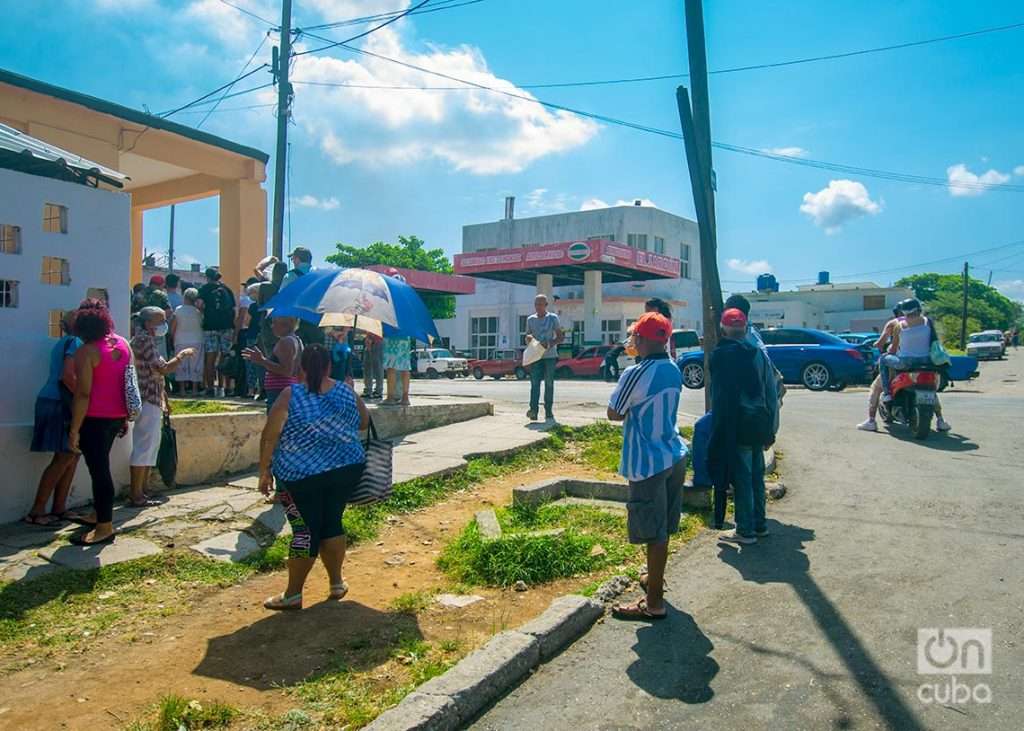
Those aspiring to buy surrender, resigned, to the long wait. They bring their own water and food to save their wallets more trouble, they protect themselves as best they can from the inclement sun during the day and some have even improvised chess and dominoes games that have gone viral on the networks.
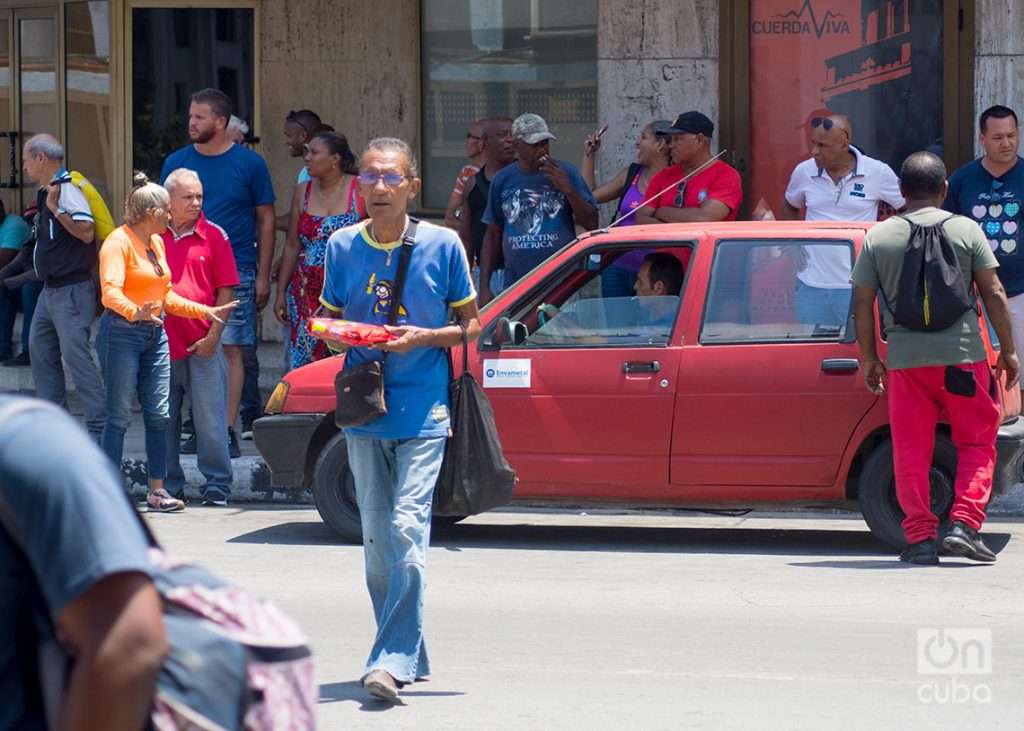
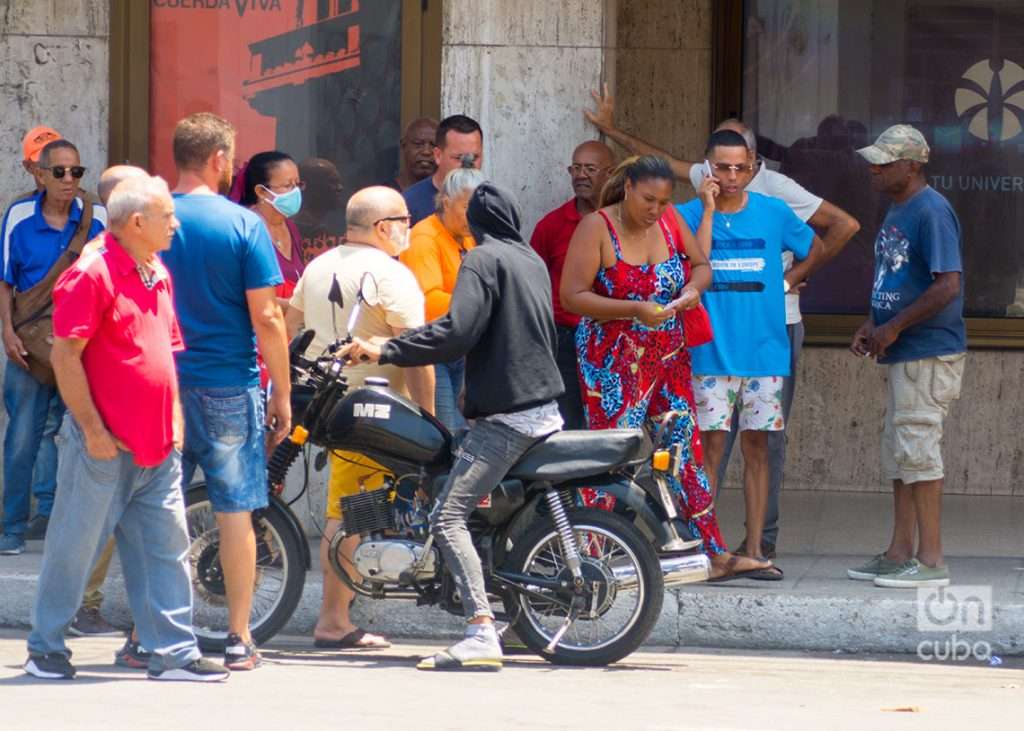


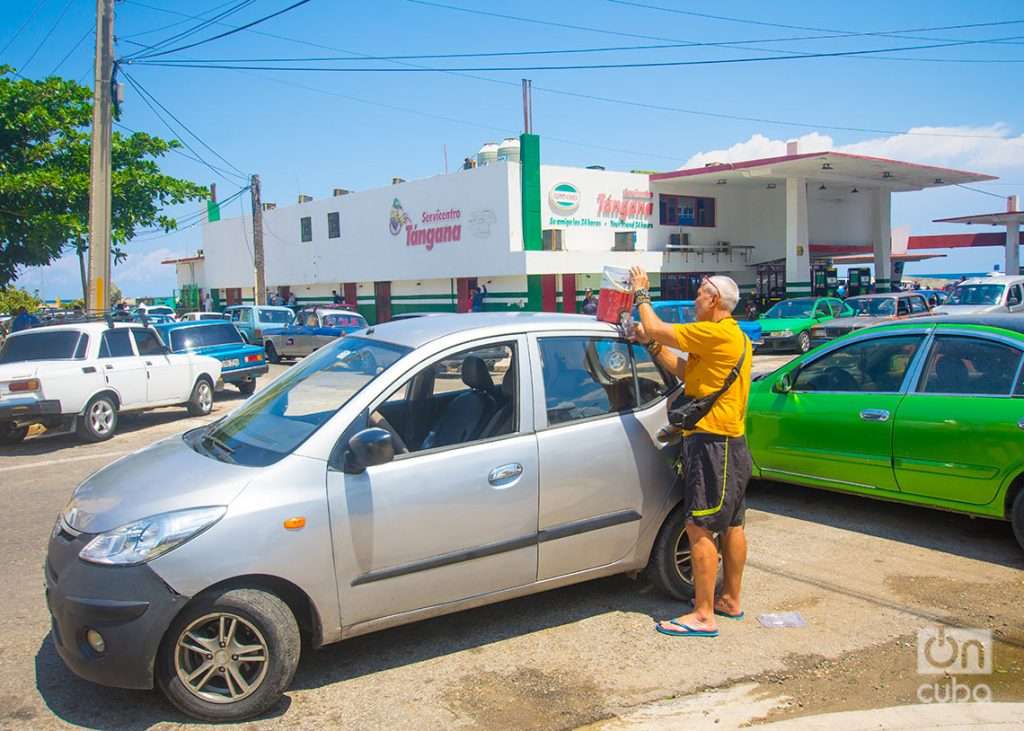
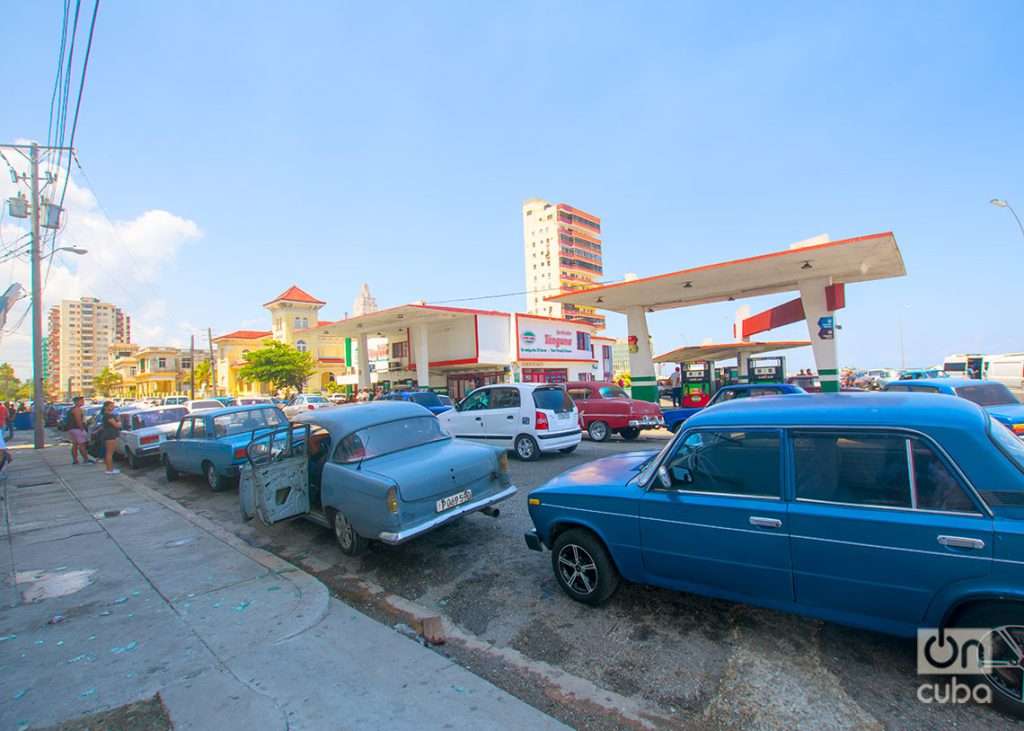
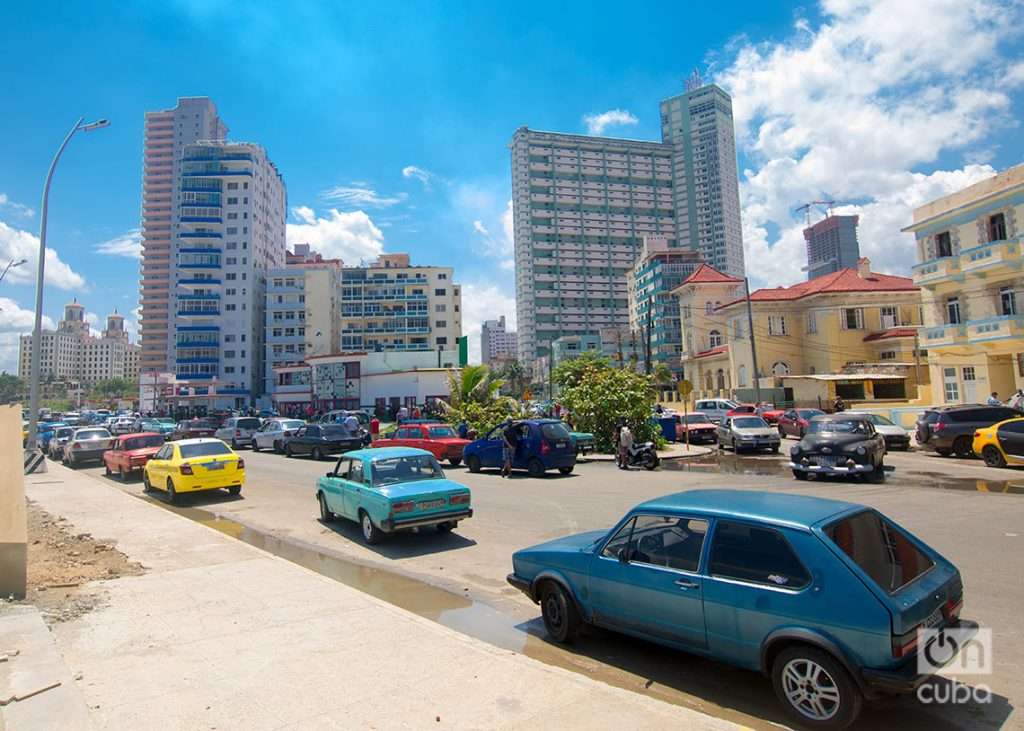
This is not an unprecedented situation in Cuba, which has already gone through similar “junctures”. But no less difficult, stressful, for those who are involved in the huge lines. And also for those who, without having cars, suffer the consequences of this crisis in their daily lives and their pockets.
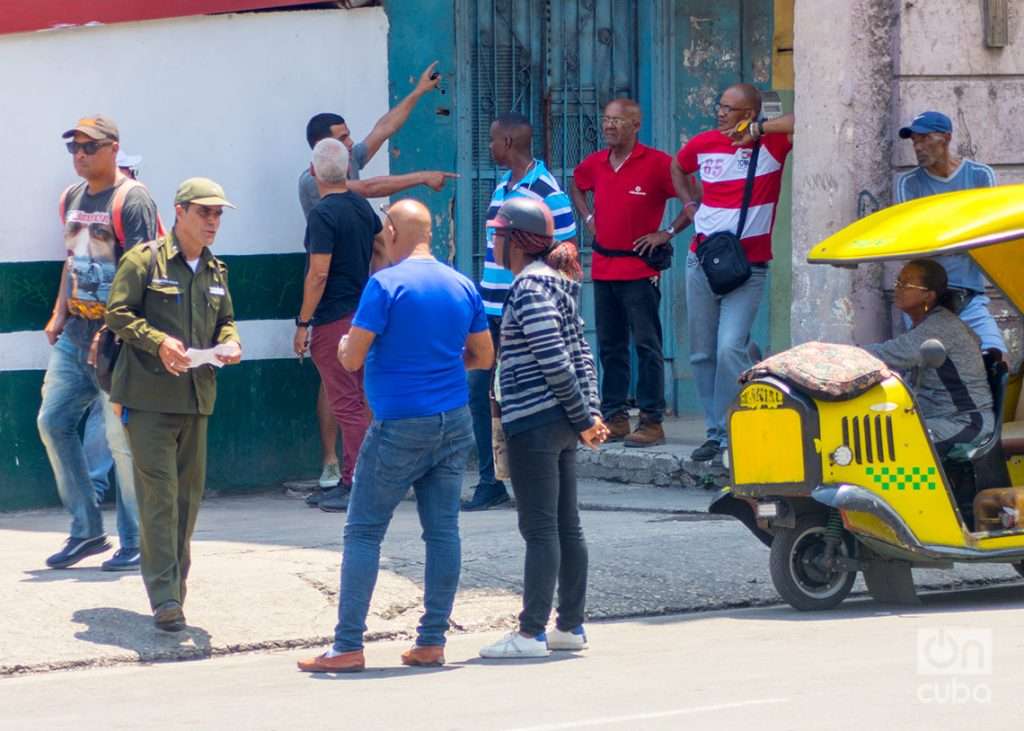
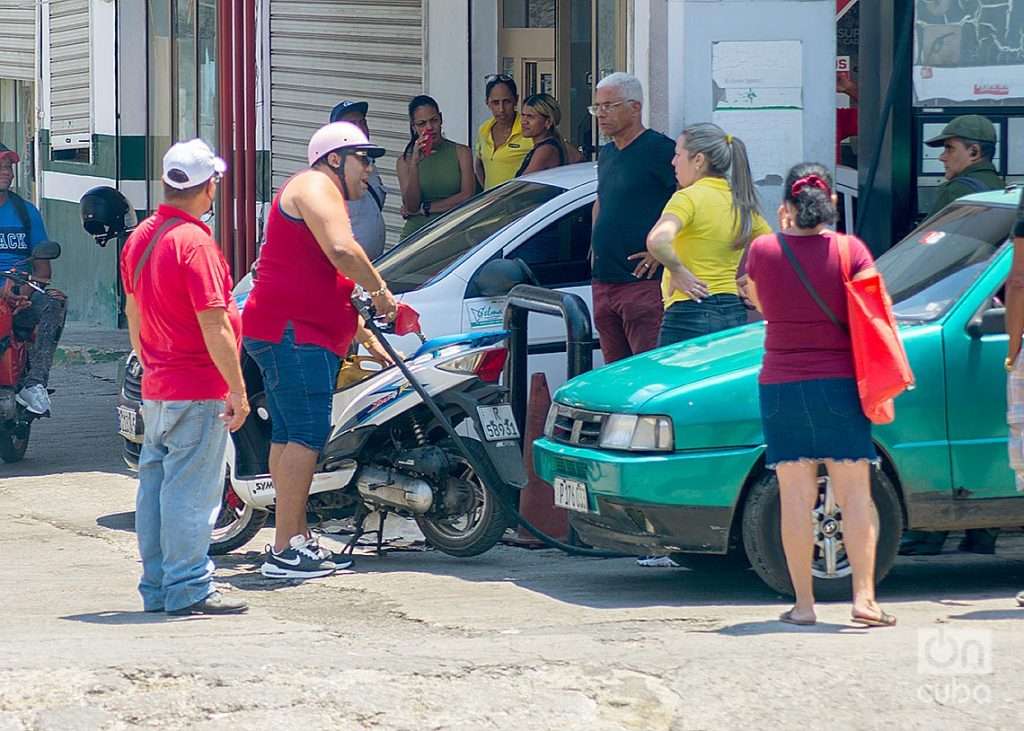
Approaching several of these queues this week was our photojournalist Otmaro Rodríguez, who offers us his snapshots as testimony of a harsh reality that hits the daily lives of Cubans today.
